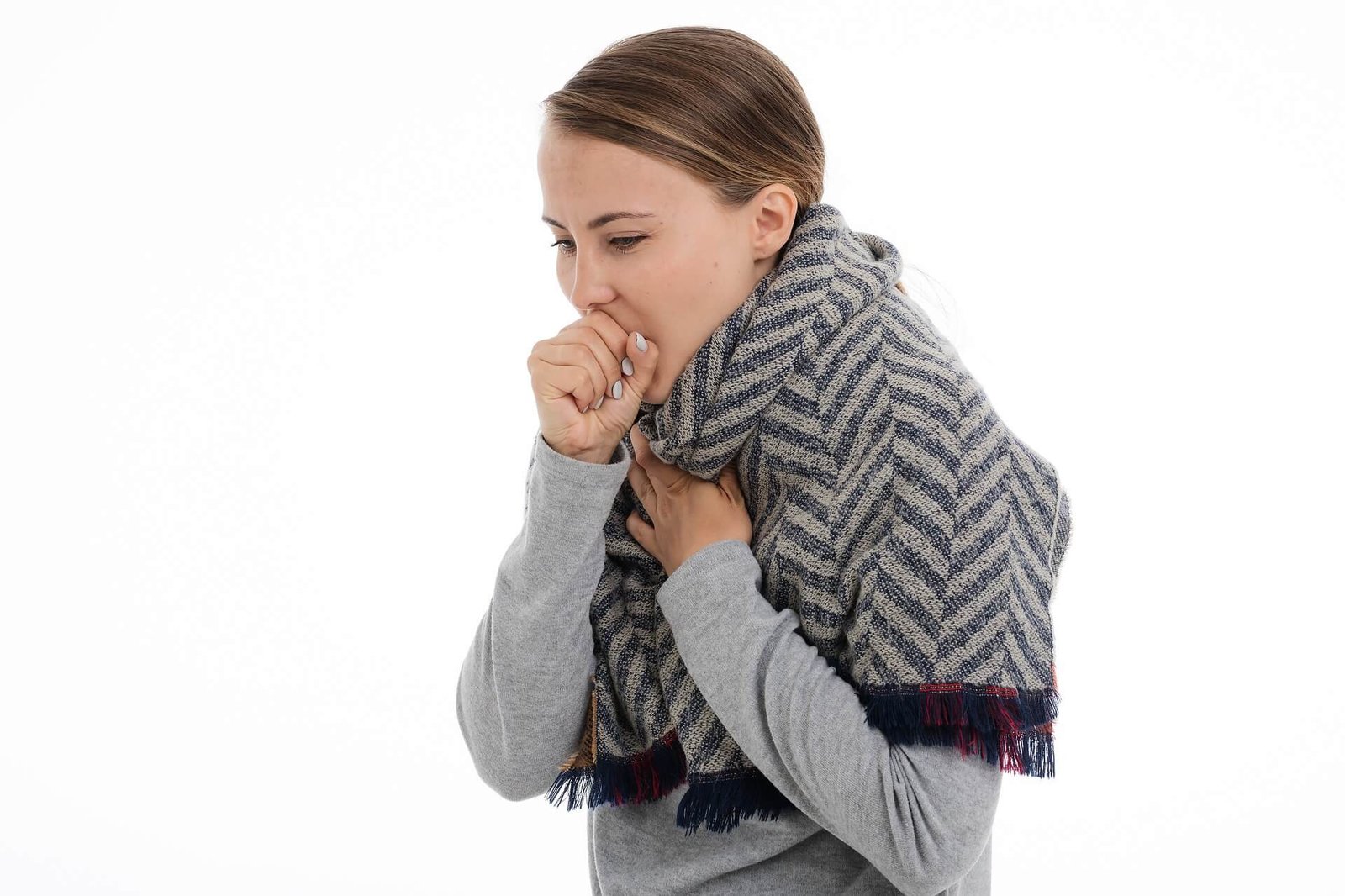Meningitis: 7 Types Causes and Symptoms, How to treat?
 Overview
Overview
This condition occurs when inflammation appears in the membranes and fluids (meninges) that surround the brain and spinal cord. Meningitis typically causes swelling that triggers signs and symptoms such as headaches, fevers, and stiffness in the neck. Meningitis is caused by a variety of factors, including injuries, cancer, certain drugs, and infections. There are many causes of meningitis in the United States, including viral infections, bacterial infections, parasitic infections, and fungal infections.
It can sometimes resolve itself without treatment in a few weeks. Knowing the specific cause of it is important because the treatment varies according to the cause. In other cases, medical treatment may be required right away. It can be contagious in some cases. Viruses can be spread through coughing, sneezing, or close contact. If you suspect someone is sick with meningitis, seek medical care right away. Taking action quickly can prevent major complications from bacterial meningitis.
Symptoms

Early symptoms of it may be similar to those of influenza (flu). It can develop slowly or rapidly over time. Older patients may exhibit the following signs and symptoms:
- Flu-like symptoms
- Neck pain and a rash
- Unusual headache with severe pain
- A headache accompanied by nausea or vomiting
- Seizures
- Feeling sleepy or having trouble waking up
- Sensitivity to light and a lack of appetite and thirst
Symptoms associated with newborns
Here are some signs you may see in a newborn or infant:
- High fever
- Crying or being irritable constantly
- A difficulty waking up from sleep or excessive sleepiness
- Lack of activity or sluggishness
- A lack of appetite or poor feeding
- Throwing up
- An area on top of the head where the soft spots are bulging.
- Pain in the neck and body
Meningitis can make a baby difficult to comfort, and he may even cry more when held.
Causes

There have been cases of it caused by fungal, parasitic, bacterial, and viral infections. It is essential to identify the cause of bacterial infections since they can be life-threatening.
7 types
1. Bacterial
This is an extremely serious illness. Getting medical help right away is important. Unless you get immediate medical treatment, it can cause brain damage or death. Many kinds of bacteria can lead to bacterial. The most common infections in America are pneumonia, meningitis, and listeria monocytogenes (in older people, pregnant women, or those with immune system problems). It is caused by bacteria that often begins when bacteria enter the bloodstream through the sinuses, ears, or throat. These bacteria spread to your brain through your bloodstream. Ask your doctor what steps you need to take if you or your child have been around someone with bacterial meningitis.
2. Viral
There are usually fewer symptoms associated with viral meningitis than with bacterial, though it’s not always less serious. Several viruses can trigger the disease, including some that cause diarrhea.
3. Fungal
In contrast to bacterial and viral meningitis, fungi meningitis is rare. People who are healthy are unlikely to develop it. AIDS may make you more prone to getting this form of meningitis.
4. Parasitic
It is also rare to develop parasitic meningitis. Usually, animals are affected by these parasites. Infested animals or produce, such as snails, slugs, snakes, fish, or poultry containing parasite eggs or parasites, can transmit it to humans. Raw or undercooked food carries a greater risk. Meningitis of this type can’t be spread.
5. Amoebic
It is caused by a tiny single-celled bacterium called Naegleria, which is rare and often fatal. It lives in soil or warm, freshwater, but not in saltwater. In most cases, people contract the disease after swimming in water that contains the amoeba, and not by drinking it. The disease is not contagious.
6. Non-infectious
Those with non-infectious meningitis have diseases like lupus or cancer, or if they are taking certain medications, have had head injuries, or have had brain surgery. This condition is not contagious.
7. Chronic
In chronic meningitis, symptoms are similar to acute meningitis, but they develop over time. It occurs when a fungus or a mycobacterium that causes tuberculosis invades. Meningitis is caused by these organisms getting into the tissue and fluid surrounding the brain.
Risk Factors

While meningitis can infect anyone, this type of illness is more common among these age groups:
- Young children under five years old
- Teens and young adults 16 to 25 years old
- Over 55 years old
Some medical conditions, such as a damaged spleen, long-term disease, or immune system disorders, make meningitis more dangerous.
In areas where people live close to one another, outbreaks of certain germs that cause meningitis are more likely to occur due to their ability to spread easily. The disease can be more contagious among college students and military recruits located in dormitories or barracks. Travelers to regions where meningitis is more prevalent, such as parts of Africa, are also at risk.
The right time to see a doctor
You or a family member should seek medical attention if you experience any of these symptoms:
- Feeling sick
- An unbearable headache
- Having confusion
- Throwing up
- Having a stiff neck
Without prompt antibiotic treatment, bacterial meningitis can prove fatal within days. Patients who delay treatment are at risk of brain damage or even death.
A doctor should also be consulted if any member of your family, a friend, or someone you work with has meningitis. Medication might be necessary to prevent you from getting infected.
How it can be prevented?
Healthy living is essential for people who are at increased risk, especially if they are overweight. Healthy living involves:
- Resting enough
- Avoiding smoking
- Staying away from sick people
Doctors can give you a preventive antibiotic if you come into contact with people who have a bacterial meningococcal infection. This reduces your risk of getting the disease.
It can also be prevented by vaccinations. You can also prevent it by practicing good personal hygiene. There are various types that spread through body fluids like saliva and nasal secretions. Do not share drinks, utensils, or personal items.



